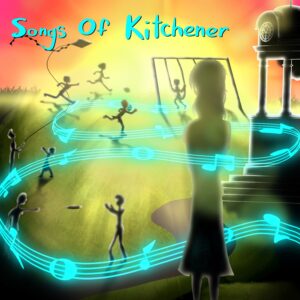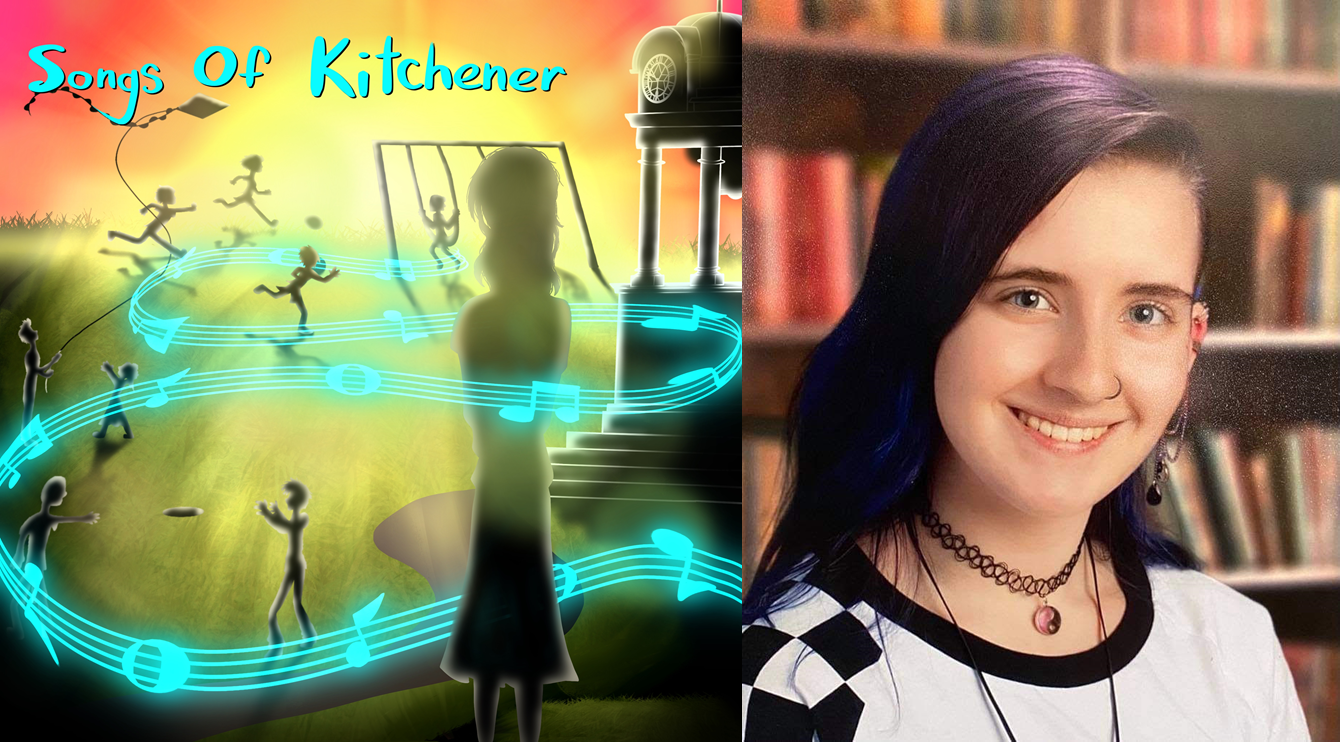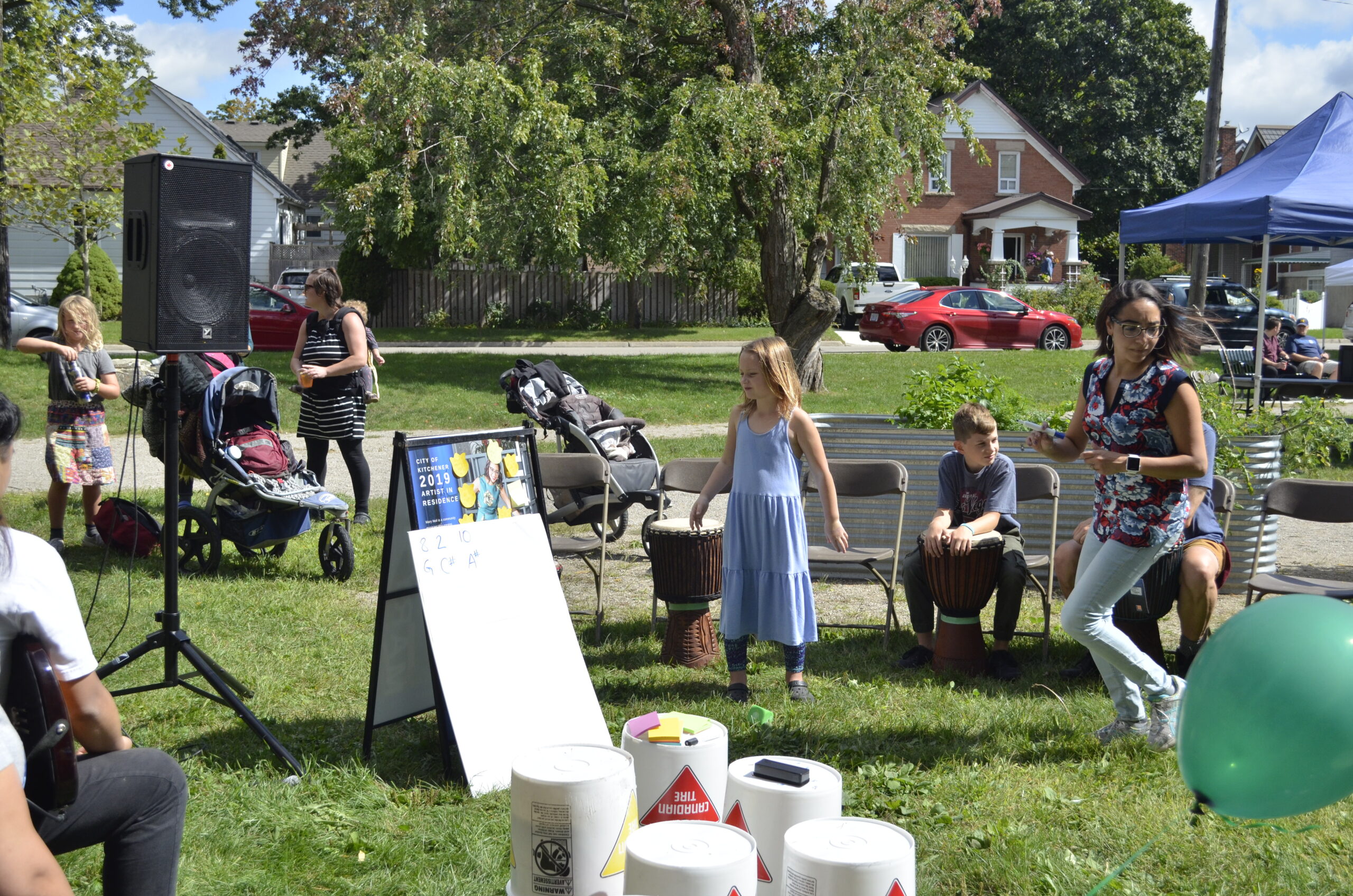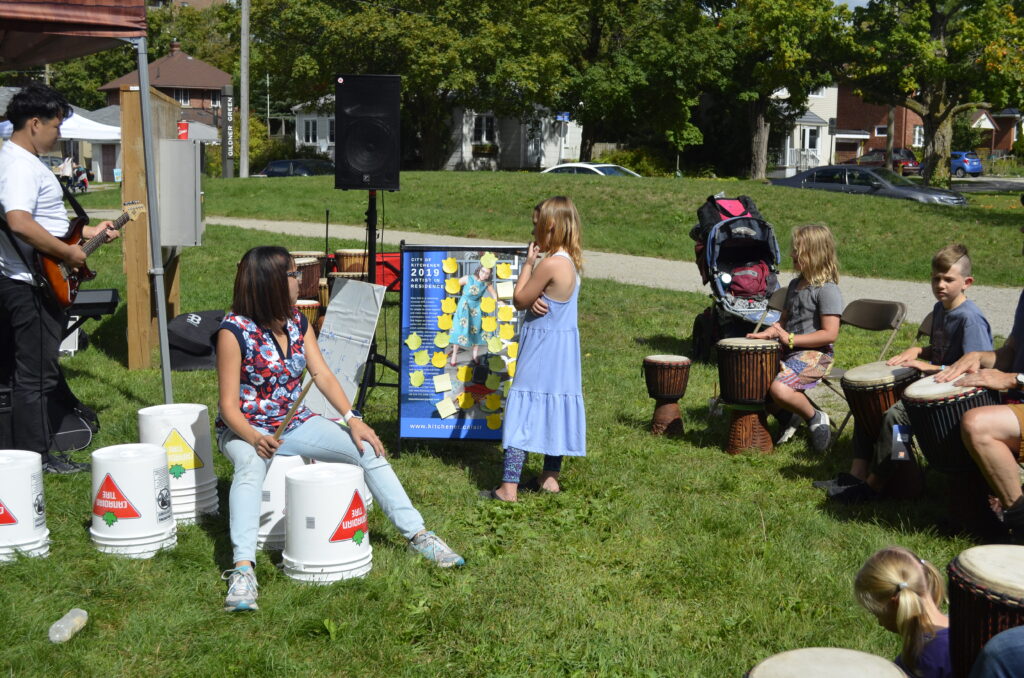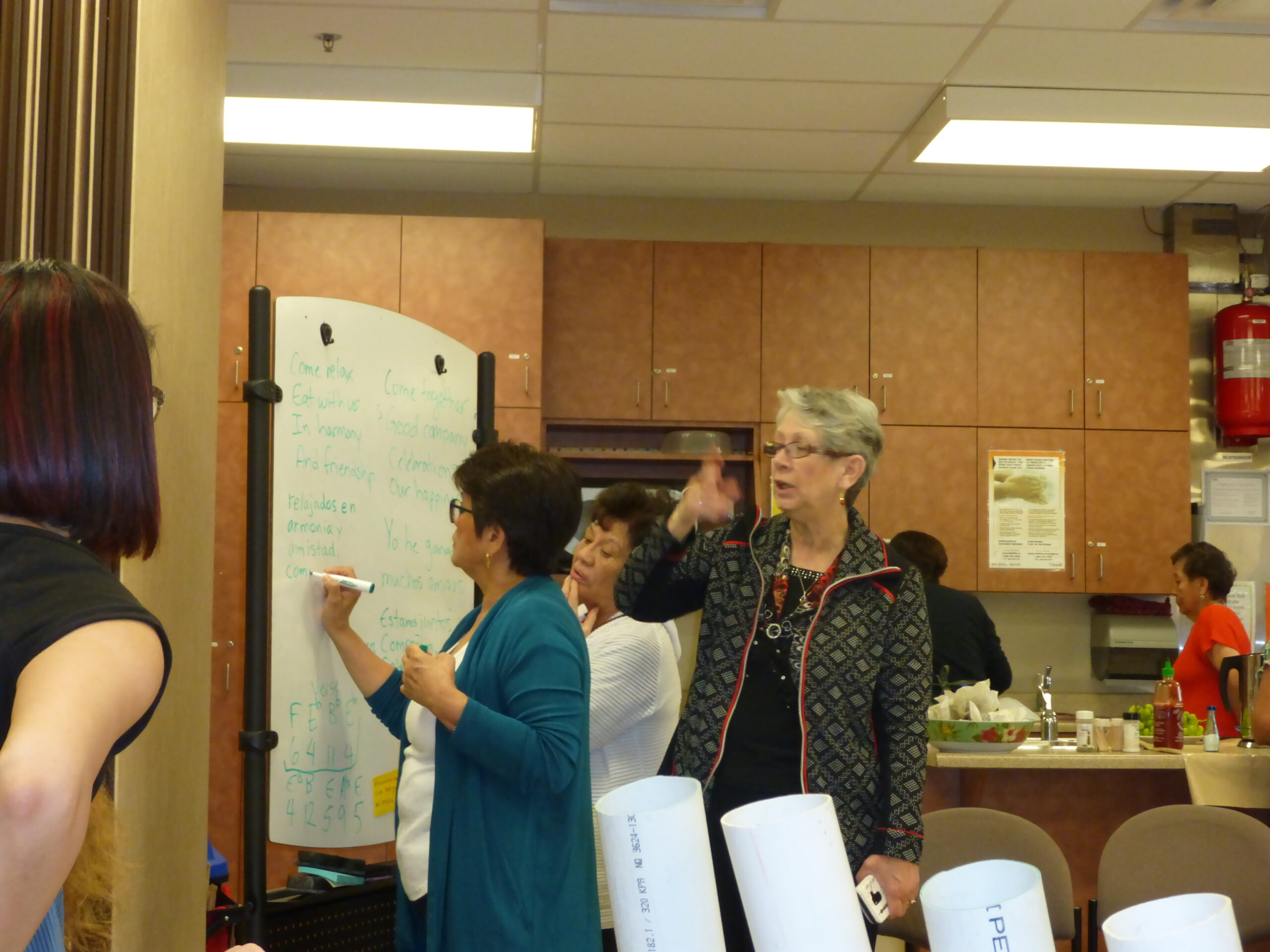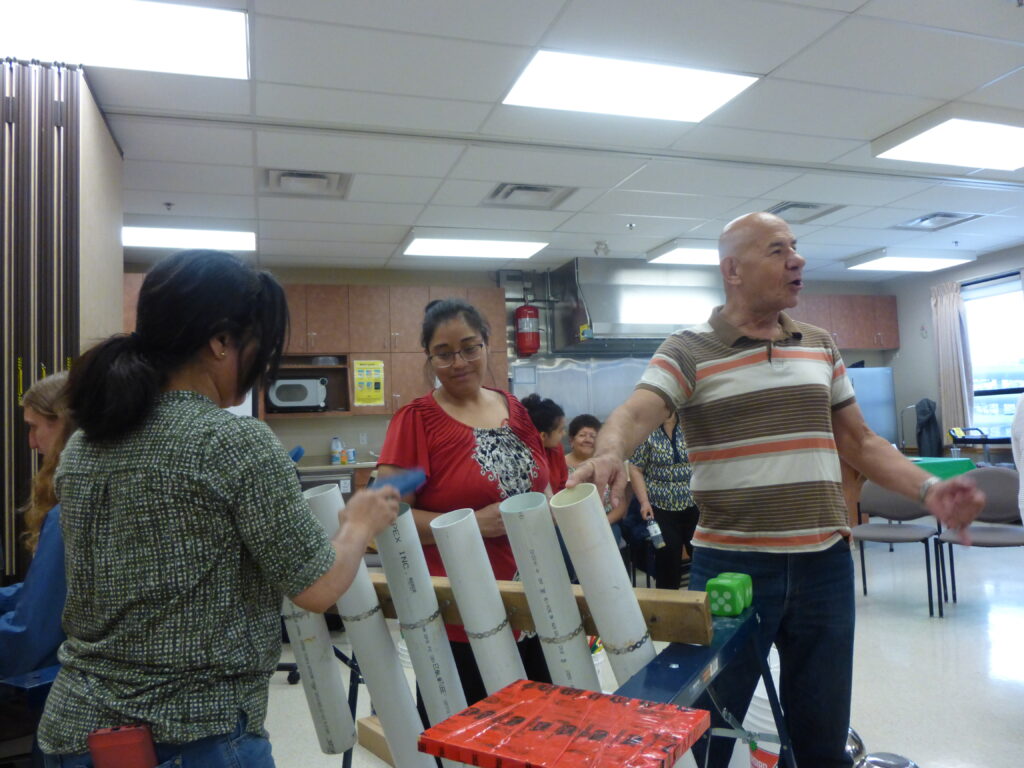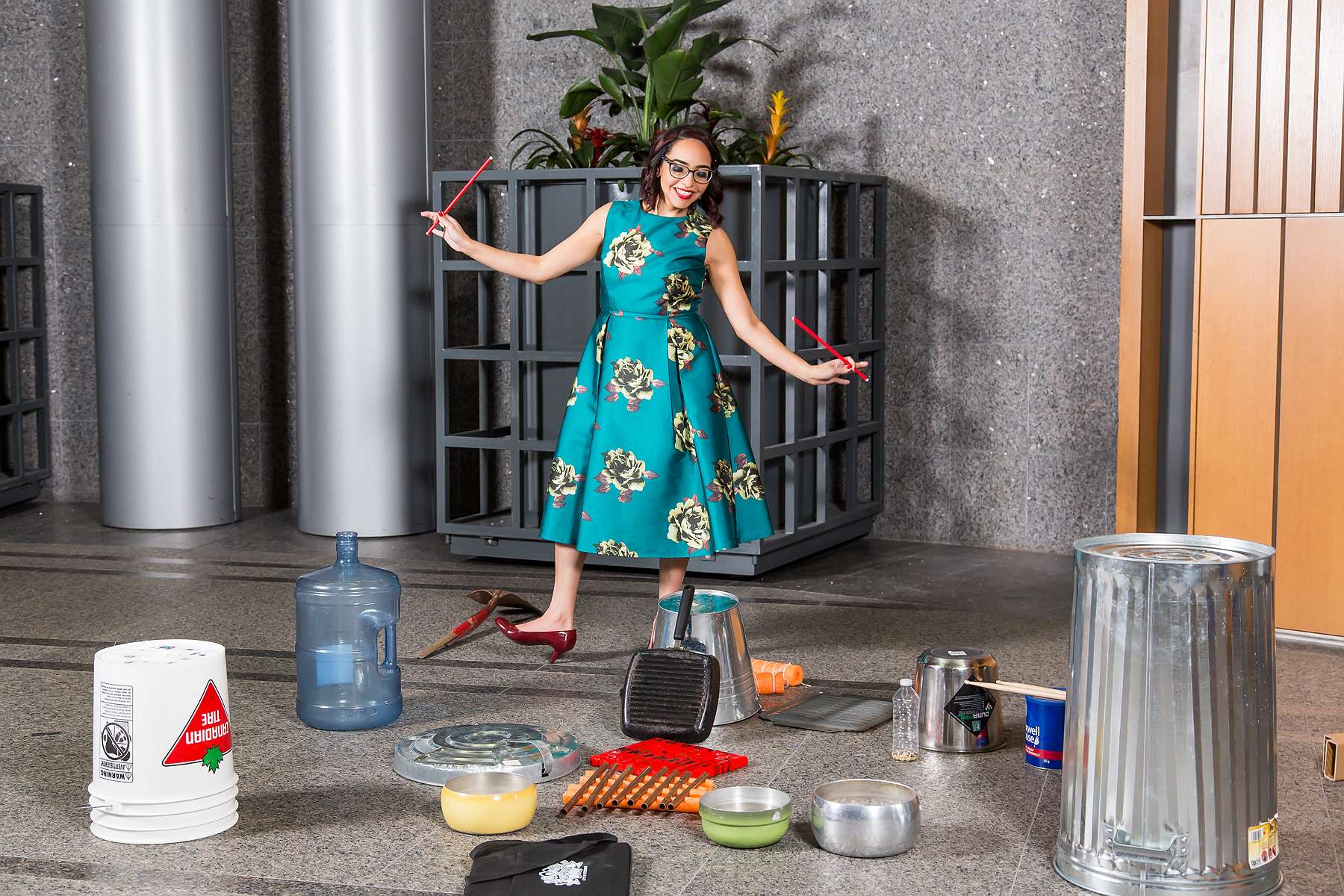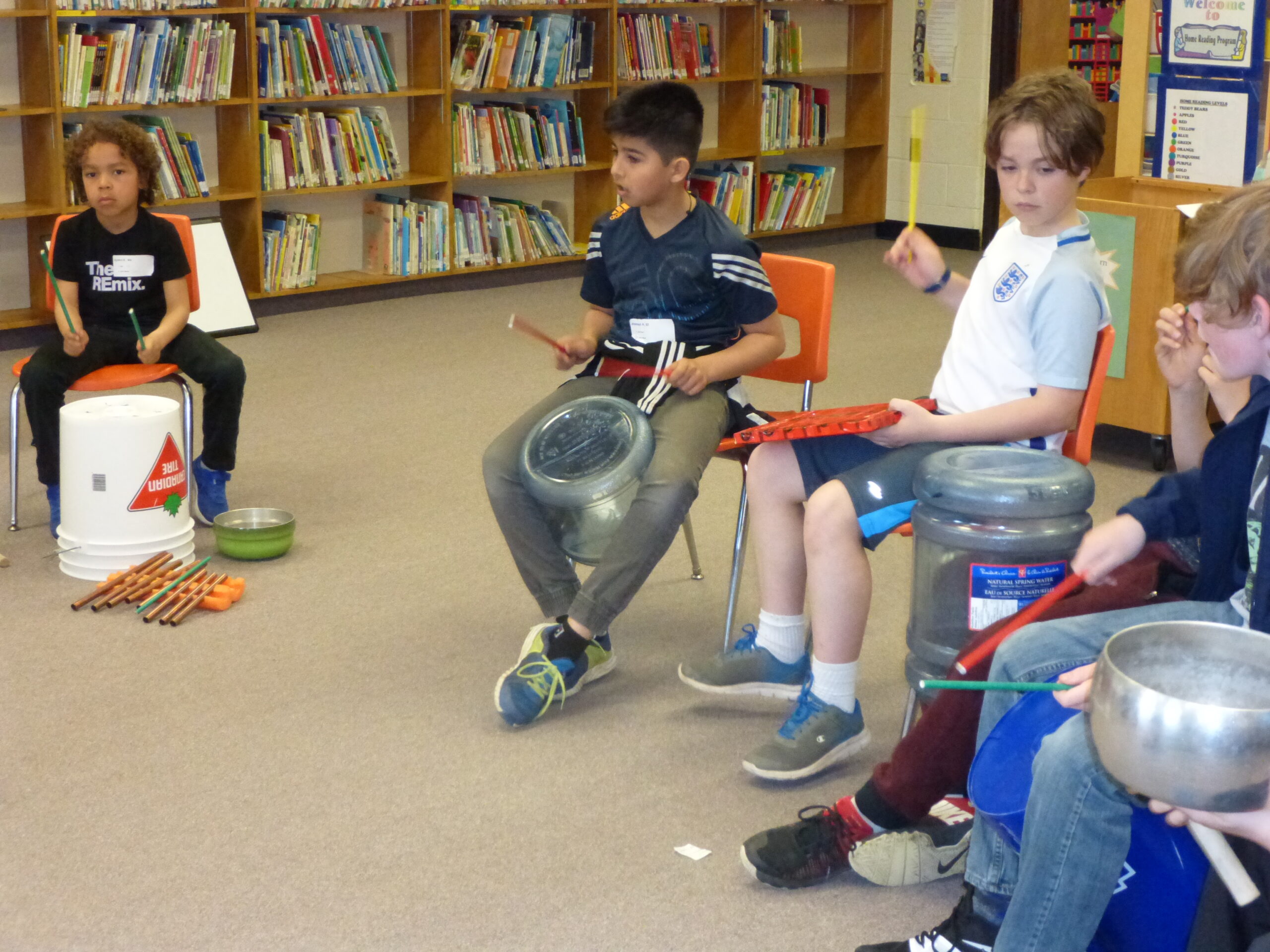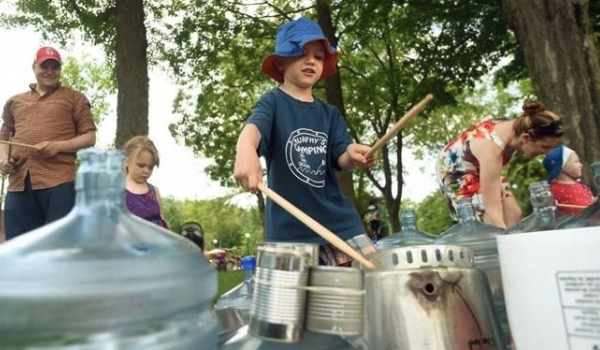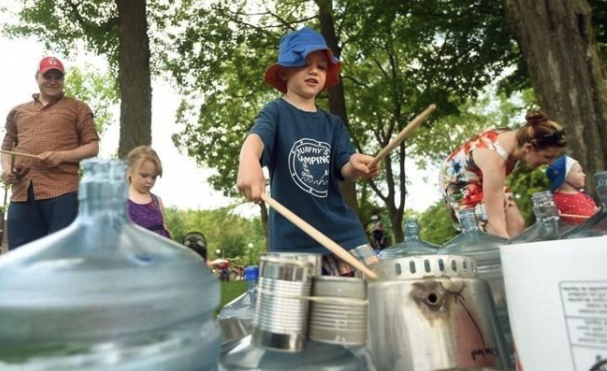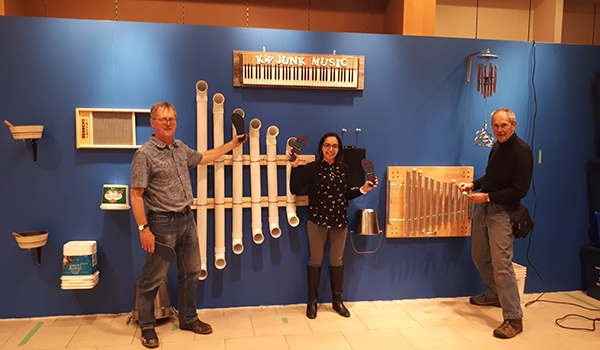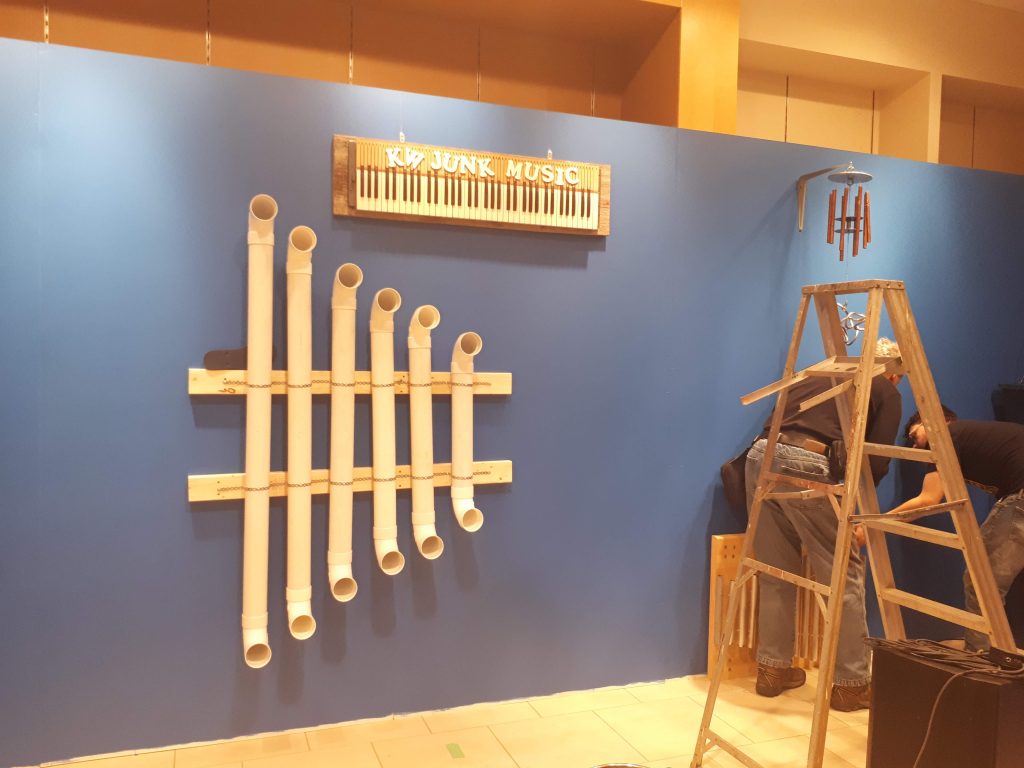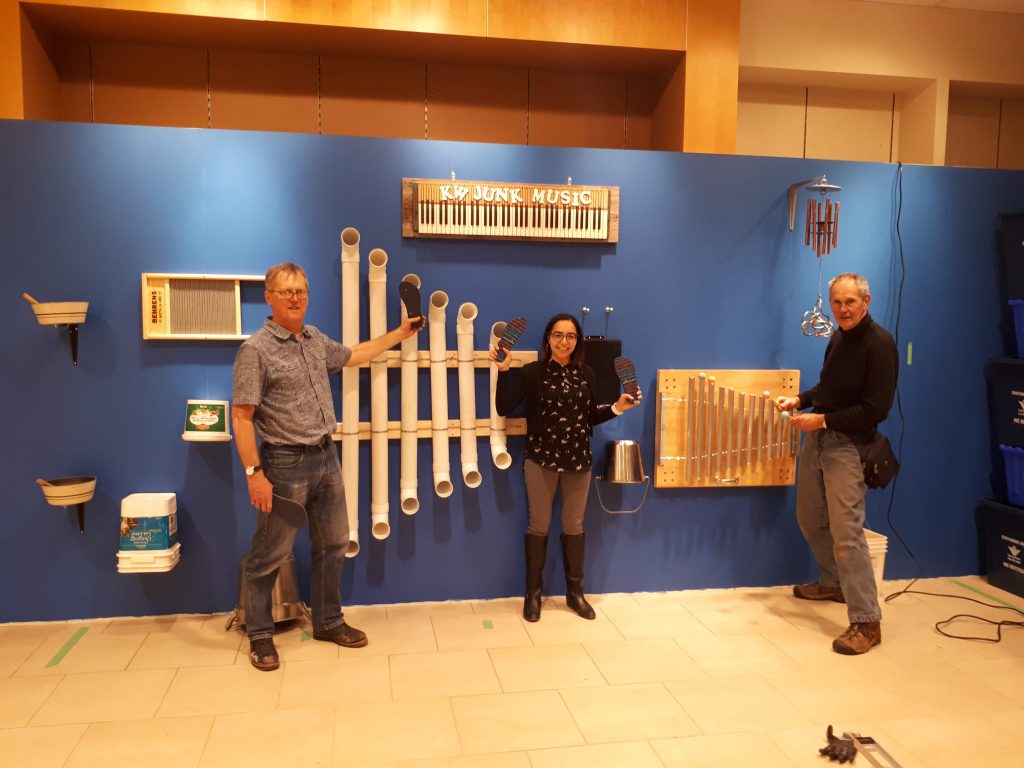As we approached the completion of the recording for the Songs of Kitchener album, we realized there was one thing missing…album art!
I contacted with the amazing folks I worked with at the City of Kitchener throughout my residency and they connected me with the Kitchener Public Library. We had one meeting and it sent in motion our Songs of Kitchener Album Art Youth Competition, which ran March and April 2021.
We had some great submissions from very talented young artists.
Ultimately, we chose the above design created by 17-year old Hunter Barron!
Hunter is currently a Grade 11 Honour student at Cameron Heights Collegiate Institute in Kitchener, Ontario, Canada. Born and raised in the Waterloo Region, Hunter has always had a close relationship with her family who support her in her artistic endeavours. As long as she can remember, Hunter’s passion for art has existed. She enjoys creating original characters for friends, family and teachers as a side business. Upon graduating high school her intent is to attend Sheridan College in Oakville, ON to take Bachelor of Illustration. Her long term goals are to graduate college and work in a graphic studio in the field of concept design.
Let's get to know a bit about Hunter...
When did you realize that you were interested in art and graphic design? How did you get into this field?
I realized that I was interested and had a passion for art since I can remember. I had taken a liking to art at a very young age and now it drives me to the point where it’s almost all I think about. I really got into this field from doodling a lot, to be honest, if I wasn’t doing something then I was doodling so that is what got me into art.
What was your vision and concept for the artwork for the Songs of Kitchener album?
My concept was listening to the songs and taking bits and pieces from each song and incorporating it into the artwork while also using the main theme of “community”. I almost always use bright colours when I do my art so that worked well in the drawing for what I was going to do.
What kind of music do you listen to or what kind of music inspires you when you are designing a piece of art?
I listen to a lot of different music from electro-swing to dubstep, EDM to dark-pop, and even soundtracks from video games. If you name it, I more than likely listen to it, except country. The music that inspires me to do a drawing is more often times than not is EDM music that has little to no vocals or like I said, video game soundtracks.
Just for fun: What is your favourite potato chip flavour and why?
I’d say my favourite chip flavour is either plain original or sour cream and onion. I’m usually a very bold person but when it comes to food I’m as basic as basic can get.
What are your aspirations for your art in the future?
My aspirations for the future are to go to college for illustration, get the degree and either open my own studio or create character concept designs for a company like Disney, Dreamworks or Pixar.
Congratulations Hunter!
